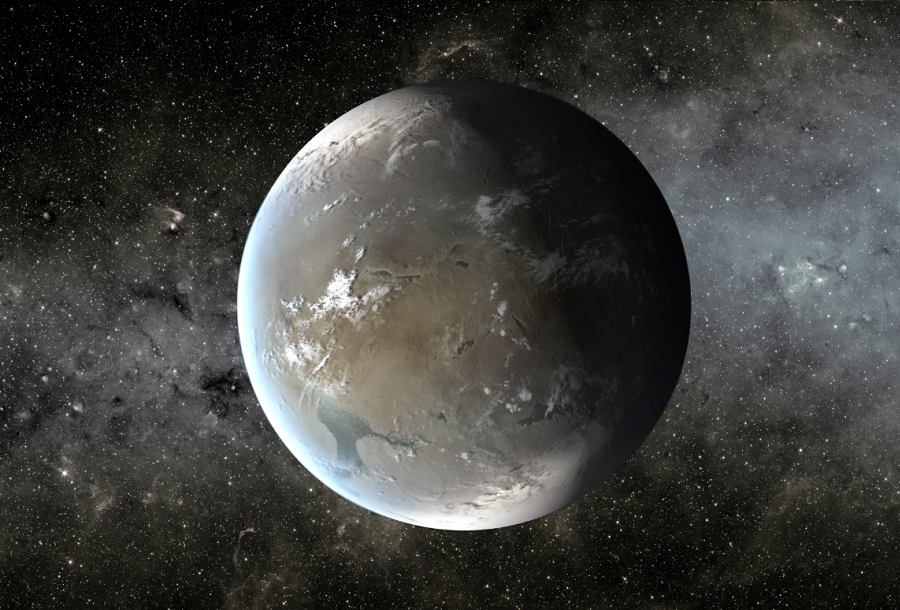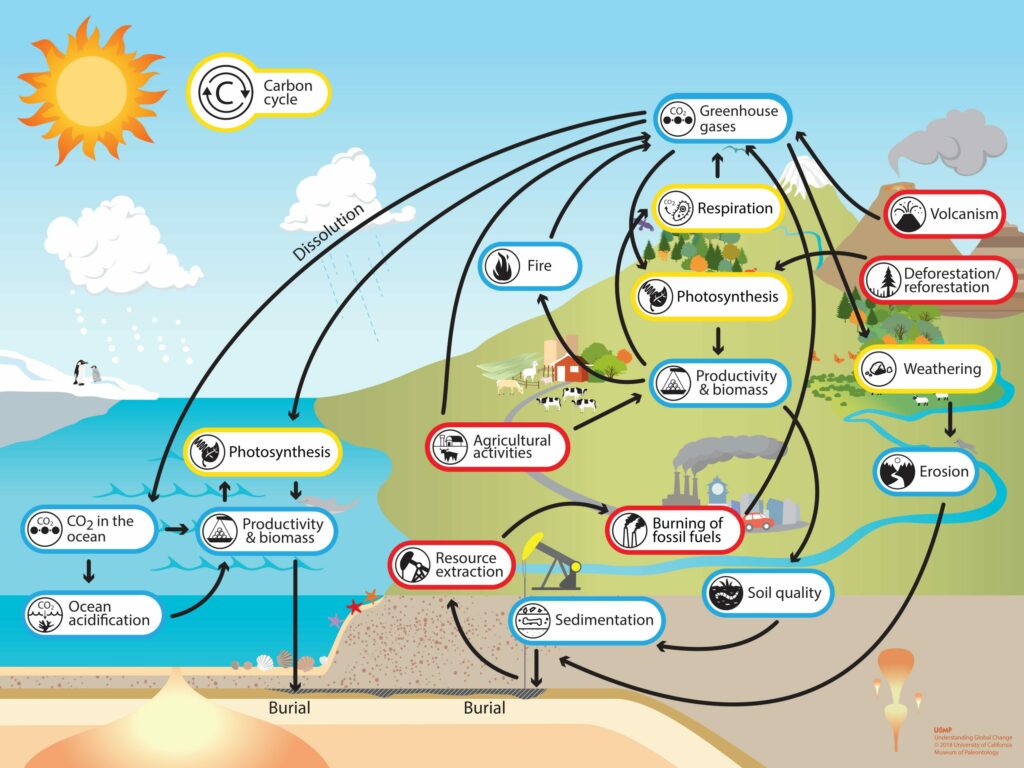Scientists believe that under the same conditions, the illumination of a star by a young planet supports life better than older ones. This is due to tectonic activity normalizing the carbon cycle. This contributes to the installation of a moderately warm climate on the planet.

Young planets and Internal heat
Scientists have drawn attention to the fact that the climate of exoplanets can be determined by their age more strongly than the accuracy of getting inside the “zone of life”. The traditional view of their suitability for life assigns a key role to the presence of a circular orbit that lies not too close and not too far from the star.
In a new study published in The Astrophysical Journal Letters, researchers have admitted that young planets are better able to maintain conditions favorable for life. The older the planet, the further the process of decay of radioactive elements has gone in it. They are the source of the planet’s internal heat and feed its tectonic activity.
It is by its own that the internal heat is a small fraction of what the planet receives from the star. However, the movement of lithospheric plates and volcanic processes are part of the global thermoregulation system. In particular, because of them, magma is degassed and carbon dioxide enters the atmosphere, which enhances the greenhouse effect.
The carbon cycle and the positive role of the greenhouse effect
Usually, it is said about the greenhouse effect as something negative. On modern Earth, it really brings a lot of troubles. However, if a planet receives insufficient heat from a star, it can help it become habitable.

The best warm climate is established on a planet when it receives a little heat from a star, but the carbon cycle on it is balanced. The last one is a set of processes of transformation of some compounds containing carbon into others. And tectonic processes are what provides the planet with more and more portions of CO2 that can be put into circulation.
How long will the planet remain tectonically active?
When the depths of the planet cool down, degassing and the intake of carbon dioxide stop. This time depends on the initial amount of radioactive matter on the celestial body. It is impossible to establish their content directly by modern methods. Therefore, scientists have tried to analyze the spectrum of stars, around which the known worlds outside the solar system revolve.
Combining these measurements with theoretical models, the scientists came to the conclusion that in the worst case, tectonic activity on Earth-like planets stops much earlier than its current age.
On some discovered exoplanets, radioactive fuel was supposed to come to an end after 2 billion years after formation. Accordingly, the carbon cycle should also collapse at the same time. For planets more massive than the Earth, the minimum time of solidification of the depths is longer and lasts 5-6 billion years.
From all of the above, several conclusions can be drawn. Firstly, we are very lucky that our planet has enough thorium and uranium. Without them, the biosphere could not survive to creatures capable of actively producing greenhouse gases.
Secondly, indeed, suitable conditions for life should exist mainly on young planets with active tectonic processes. The reliability of the existence of life on ancient planets orbiting red and orange dwarfs for ten billion years is much less.
According to phys.org
Follow us on Twitter to get the most interesting space news in time
https://twitter.com/ust_magazine

